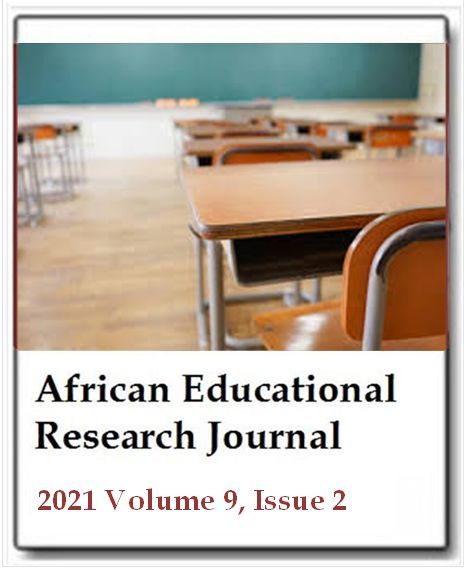Educational comics and educational cartoons as teaching material in the social studies course
Mehmet Şentürk and Ufuk ŞimşekAfrican Educational Research Journal
Published: May 25 2021
Volume 9, Issue 2
Pages 515-525
DOI: https://doi.org/10.30918/AERJ.92.21.073
Abstract
This study aims to explore the effect of using educational comics or educational cartoons as teaching material in social studies course on students' academic achievement. Also, it is aimed to reveal the experiences of the students regarding the use of these materials. In the study, the embedded design was preferred among the mixed-methods designs. For the quantitative aspect of this research, pre-test and post-test on the control and experimental group with the quasi-experimental design were used. The study was conducted out with two experimental groups and a control group. The study was conducted with 266 (87 students are in the educational comics group, 88 students are in the educational cartoons group, 91 students are in the control group) 6th-grade students. To analyse the quantitative data, One-Way ANOVA was used. According to the results of the analysis, it was determined a significant difference between the educational comics group and the other groups in academic achievement levels. It was also determined a significant difference between the educational cartoons group and the control group. For the qualitative aspect of this research, phenomenology design was used. To analyse the qualitative data which were collected by semi-structured forms, content analysis was used. As a result of the analysis of qualitative data, it was concluded that students seen both educational comics and educational cartoons as effective materials for educational activities in various aspects. These results show these teaching materials can use by teachers for effective learning in social studies course.
Keywords: Social studies, educational comics, educational cartoons, academic achievement, teaching material.
Full Text PDFThis article is published under the terms of the Creative Commons Attribution License 4.0

